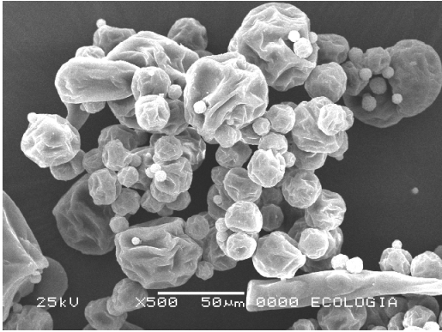 |
|
The aim of this research was to obtain and characterize microcapsules of Lactobacillus paracasei LBC81 LYO 10D (Lp-LBC) obtained by spray-drying using gum arabic-pectin mixture as wall material, evaluating their protective capacity and impact on sensory profile and acceptance of panela cheese used as food matrix. Microcapsules obtained at 170 °C showed the highest viability and adequate physicochemical and flow properties. Microencapsulated Lp-LBC showed higher viability during passage through the simulated gastrointestinal tract conditions compared to free cells. Also, microencapsulated bacterial cells showed greater viability than free cells in a fresh panela cheese, however some physicochemical properties changed during storage. The microcapsules showed a range size distribution from 5 to 150 µm which causing adverse changes in the sensorial properties of panela cheese. This study provides evidence of the protective capacity of a gum arabic-pectin mixture on the viability of Lp-LBC during spray-drying and through simulated gastrointestinal conditions, however, the particle size affects the physicochemical and sensory properties of the food in which said capsules were added.
Keywords: arabic gum, pectin, panela cheese, spray-drying, gastrointestinal simulation.
|
|
 |

